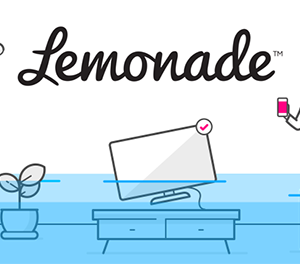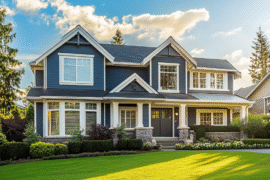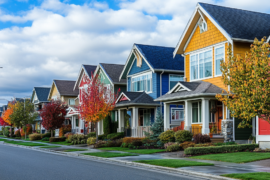This article may contain references to products or services from one or more of our advertisers or partners. We may receive compensation when you click on links to those products or services. Nonetheless, our opinions are our own.
The information presented in this article is accurate to the best of our knowledge at the time of publication. However, information is subject to change, and no guarantees are made about the continued accuracy or completeness of this content after its publication date.

Updated by Albert Fang
A home equity line of credit and taking help from bridge loan lenders are popular options for homeowners who need a little extra cash. While some people borrow in order to make improvements to the home or property, others use the money from a home equity line of credit for vacations, to pay medical expenses or to pay their children’s college tuition. Once approved, the bank does not require the money to be spent on any one item, leaving up to the homeowner’s discretion to spend the money how they want. Some people use only a portion of the HELOC and leave the rest for a rainy day, while others invest all of it right away.
What is a Home Equity Line of Credit?
A HELOC is a special type of loan that allows a homeowner to borrow money against the value of their home. The home acts as the collateral, and if the homeowner defaults on loan payments, the bank can foreclose and claim the home. Unlike a mortgage, the money is not paid out in one lump sum. It is more like a credit card that allows you to access as much of the total loan amount as you want. You can take amounts from the principal as you need them, until you reach the credit limit.
Voted "Best Overall Budgeting App" by Forbes and WSJ
Monarch Money helps you budget, track spending, set goals, and plan your financial future—all in one app.
Get 50% OFF your first year with code MONARCHVIP
The Application Process
The process of applying for a HELOC is similar to getting a mortgage. You can expect to fill out plenty of paperwork and answer a lot of questions as the bank determines whether or not you are a solid credit risk. During this process, the bank will send an appraiser to determine the value of your home. This will help them decide how much to lend you.
Home Equity Line of Credit Risks
However, there can be risks to taking out a HELOC for homeowners. One risk is borrowing more than the home is worth between the amount remaining on the mortgage and the amount you’ve taken from the HELOC. If you choose to sell the home, you’ll have to pay the remaining amount of the mortgage as well as the amount you’ve taken for the HELOC, which can leave you with little to no profit from the sale.
Another risk is that the home can lose value over time, especially if it isn’t properly maintained over time. If the overall neighborhood goes down in desirability or real estate values in the area get lower, you can end up with a home that is worth much less in the current market than months or years before.

Reviewed and edited by Albert Fang.
See a typo or want to suggest an edit/revision to the content? Use the contact us form to provide feedback.
At FangWallet, we value editorial integrity and open collaboration in curating quality content for readers to enjoy. Much appreciated for the assist.
Did you like our article and find it insightful? We encourage sharing the article link with family and friends to benefit as well - better yet, sharing on social media. Thank you for the support! 🍉
Article Title: What is Home Equity Line of Credit and Its Risks
https://fangwallet.com/2018/04/18/what-is-home-equity-line-of-credit-and-its-risks/The FangWallet Promise
FangWallet is an editorially independent resource - founded on breaking down challenging financial concepts for anyone to understand since 2014. While we adhere to editorial integrity, note that this post may contain references to products from our partners.
The FangWallet promise is always to have your best interest in mind and be transparent and honest about the financial picture.
Become an Insider

Subscribe to get a free daily budget planner printable to help get your money on track!
Make passive money the right way. No spam.
Editorial Disclaimer: The editorial content on this page is not provided by any of the companies mentioned. The opinions expressed here are the author's alone.
The content of this website is for informational purposes only and does not represent investment advice, or an offer or solicitation to buy or sell any security, investment, or product. Investors are encouraged to do their own due diligence, and, if necessary, consult professional advising before making any investment decisions. Investing involves a high degree of risk, and financial losses may occur including the potential loss of principal.
Source Citation References:
+ Inspo












































